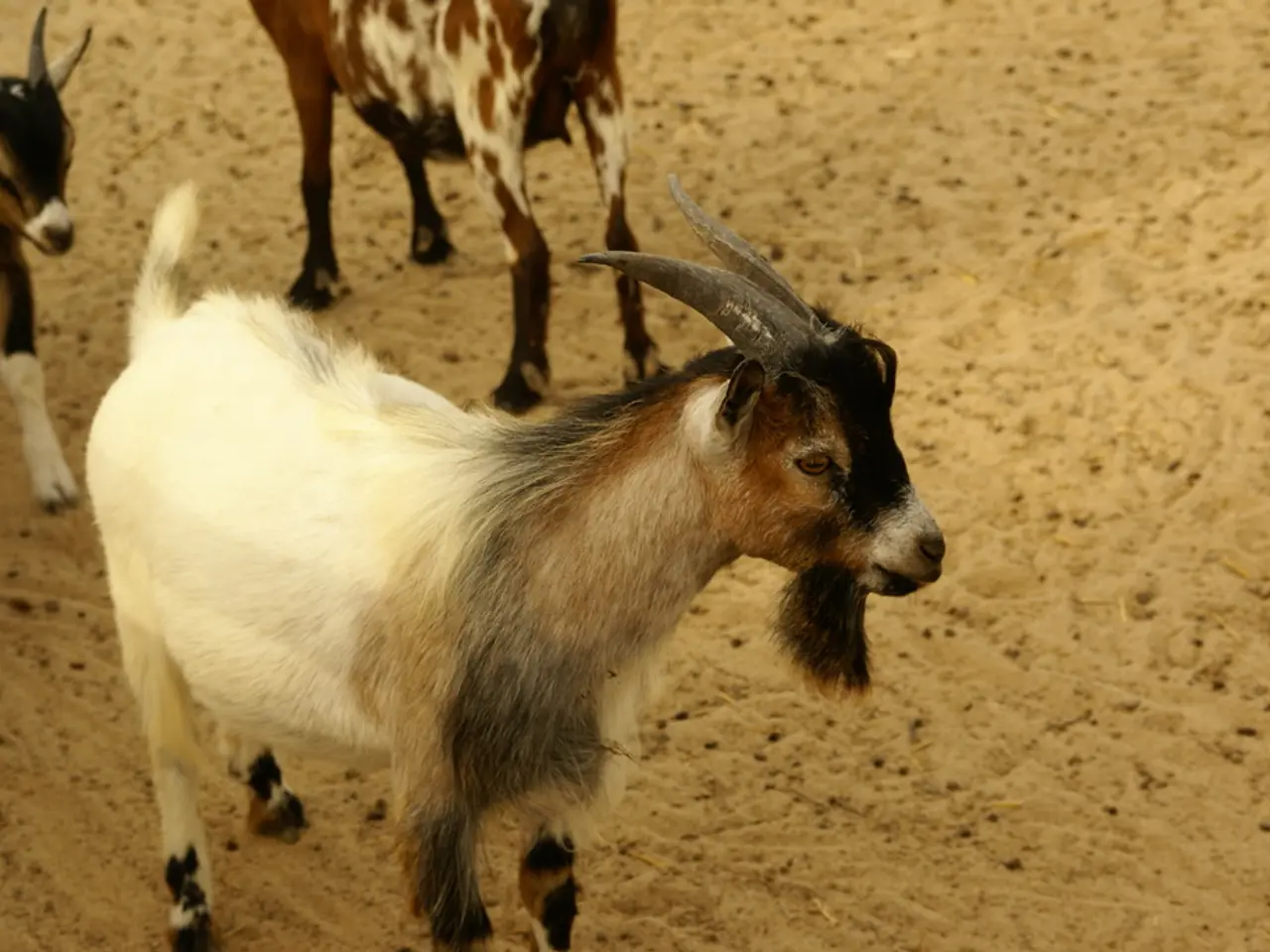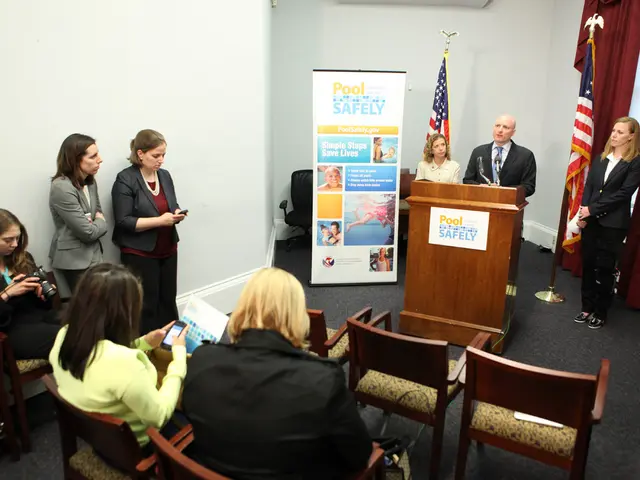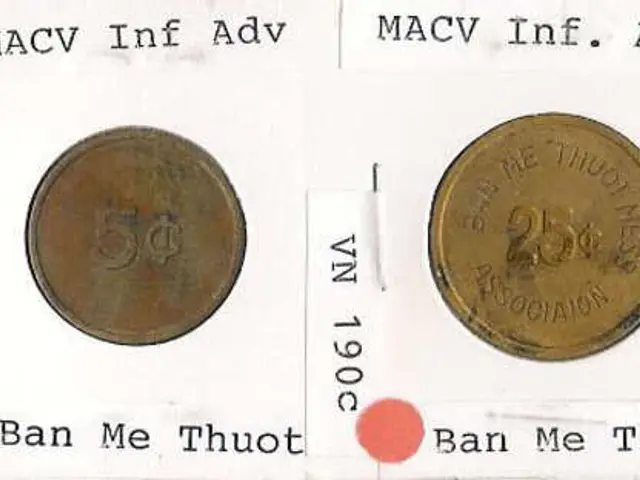The Implementation of Robotics for the Development of Eco-friendly Wildlife Preserves
In the realm of wildlife conservation, the integration of robotics is increasingly becoming a topic of interest. The potential benefits of this technological advancement are significant, yet ethical considerations must be taken into account to minimise any disruptive impact on wildlife.
Organisations such as the Gesellschaft für Naturschutz und Auenentwicklung (GNA) have already embarked on this journey, implementing robotics projects in recent years. For instance, automated and herbicide-free invasive plant control using robots has been deployed in regions like the Main-Kinzig-Kreis in Germany, supporting wildlife protection and biodiversity. Additionally, research groups and developers are working on robotic solutions like mower robots equipped with image recognition, aiming to reduce wildlife casualties caused by robotic lawn mowers.
Collaboration between technologists, ecologists, and conservationists is essential to ensure that these robotic solutions address the specific needs of each sanctuary. This collaboration can lead to innovative strategies that leverage robotics to support sustainable and effective wildlife conservation practices.
The integration of robotics offers a promising pathway towards creating and maintaining sustainable sanctuaries. Future developments could include more sophisticated systems capable of performing complex tasks such as advanced habitat modeling, disease monitoring, and even medical treatments for injured animals.
However, it's important to acknowledge the initial cost of implementing robotic technologies in wildlife sanctuaries can be high. There are also concerns about the impact of increased technology on the natural behaviours of wildlife and the ecosystem balance.
Despite these challenges, embracing technological advances in wildlife conservation can help better protect the planet's biodiversity and ensure a harmonious coexistence between technology and nature. By working together, these professionals can create strategies that leverage robotics to support sustainable and effective wildlife conservation practices, paving the way for a future where technology and nature coexist in harmony.
Read also:
- Peptide YY (PYY): Exploring its Role in Appetite Suppression, Intestinal Health, and Cognitive Links
- Toddler Health: Rotavirus Signs, Origins, and Potential Complications
- Digestive issues and heart discomfort: Root causes and associated health conditions
- House Infernos: Deadly Hazards Surpassing the Flames








